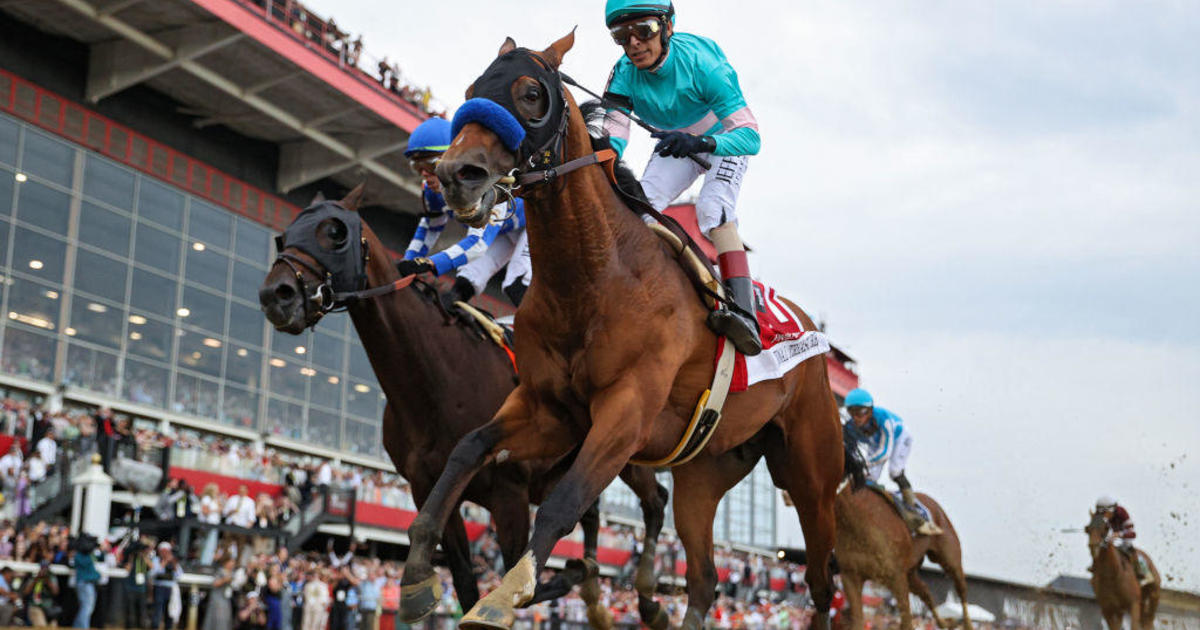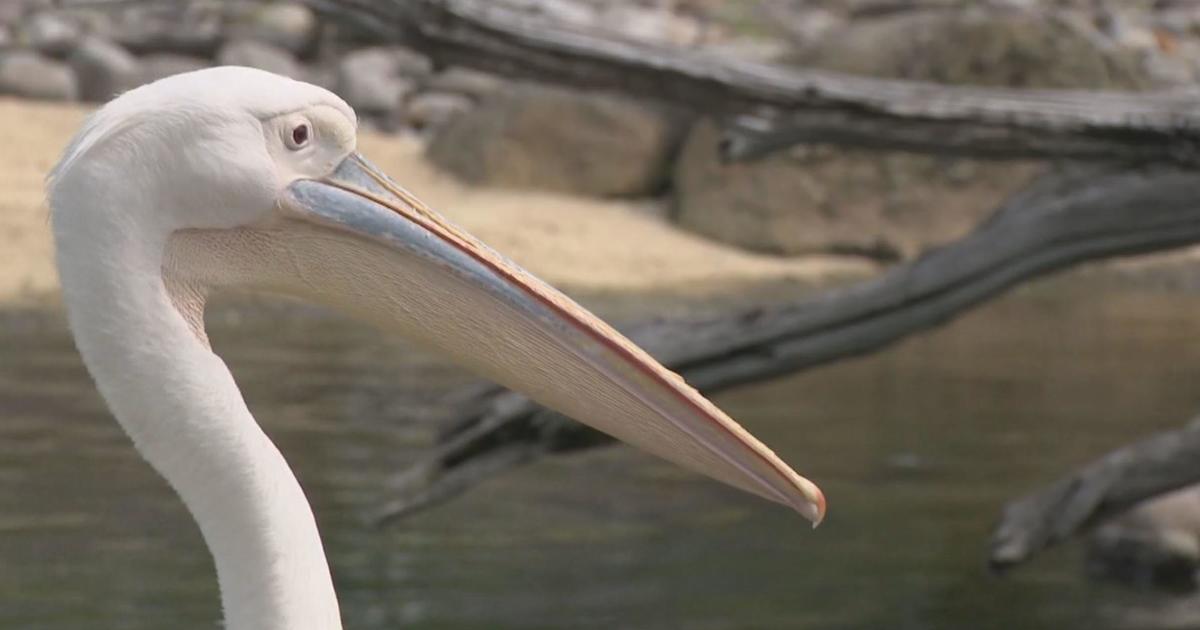Preakness 148: Meet the starting gate crew, the cowboys of horse racing
BALTIMORE -- If you've been to the horse races, or seen the races, you're probably familiar with the long green starting gate where the horses and jockeys are lined up just before the bell is rung.
You probably think the competitors just naturally trot up and put themselves into the little green compartments.
Nope!
It only happens because of the starting gate crew. They're known as the 'cowboys of racing' and they're the strongest and bravest in all the sport of racing.
No breeder, owner, trainer or jockey can get to takeoff without this fearless group.
"We basically learn how to balance and handle a 1200-pound horse," said starter Kevin Dzbynski.
The crew of 14 men and one woman, Heather, works the starting gate at Pimlico and Laurel.
As each horse in every race walks to the gate, an assistant starter takes the bit and leads it into a claustrophobic, magnetized, 12x12 foot stall.
Once the door is shut behind them, the starter steps up onto the pontoon, a ledge around four inches wide.
The starter remains in that tight space with the rider and what is many times a frightened, jacked-up horse right up until the gate opens, which is why they call it the most dangerous job in sports.
"Everybody knows its a dangerous job," said Josh Hawks, who has been an assistant starter for 43 years. "It's in our blood and it has to be. You have the love for it and the passion for it to be successful."
You also have to know horses and how to read them. The guys say it's 10% strength and 90% finesse.
Finesse you witness as one by one, horses come in the morning to be 'schooled' -- taught that getting into that gate is not so scary.
Every horse must be schooled so the crew knows what to expect race time. some take a lot, a lot, a lot, a lot of coaxing and reassuring. It can take up to 3 months to school a green horse.
Each horse has a logged gate history so crews know what to expect, but these are horses and all bets are off post time.
Bruce Wagner is the Head Starter. He opens the gates when he determines it's time.
"You've got to be able to read an animal and that's one thing I mean I can be out front," Wagner said. "I'll stand out front and I can look and I look at these horses' eyes and that's where I get it."
"If an assistant starter is having trouble he'll be yelling 'no Bruce, no, no no' so I kinda gotta watch him and see if he has his horses under control," Wagner continued. "Once he's got him under control, boom, we'll go."
On occasion, there's a dangerous situation.
"95 percent of the time everything goes the way it should, but sometimes it doesn't, and when it doesn't, you dont want to be in here," Dzbynski said.
Even though they wear protective vests and helmets, every starter has been injured multiple times.
"If you want this job you just gotta accept that you're gonna take your lumps and bumps and sometimes even severe injuries, and ah, you just go with it," Dzbynski said.
"This job's the equivalent of a rodeo clown and a referee cause you only get noticed when things go wrong."
Wrong or right, next time you watch a race, notice the starting crew with their lightning-fast reflexes, eyes for trouble and sharply-honed intuition.
And tip your hat to these magnificent racing cowboys.




